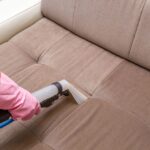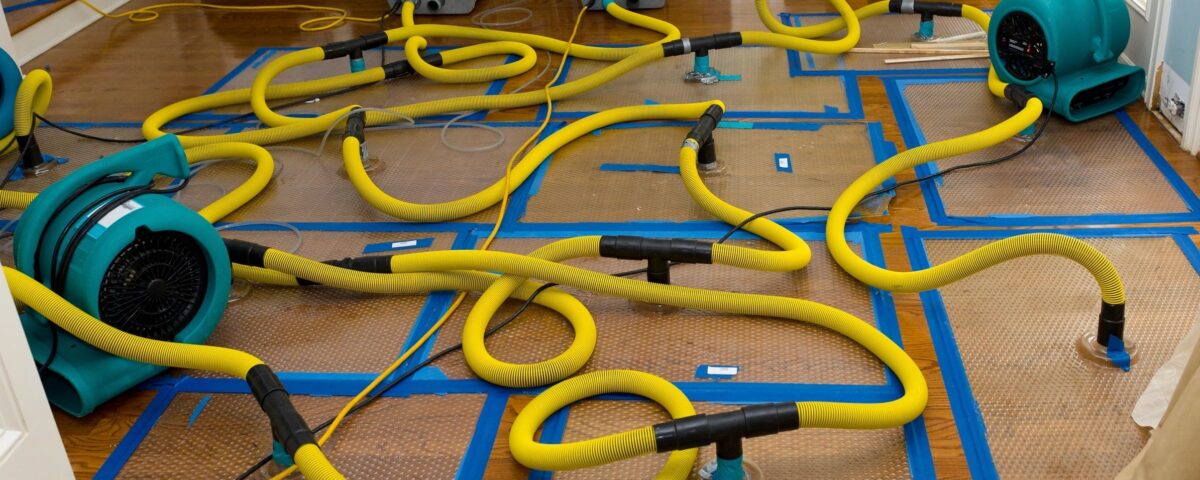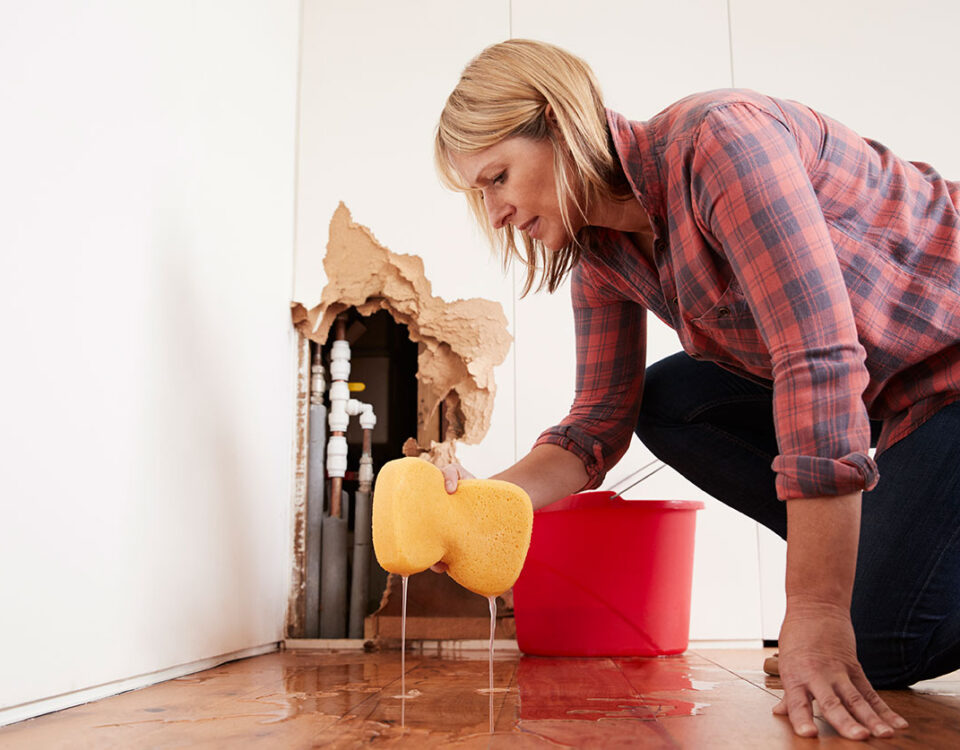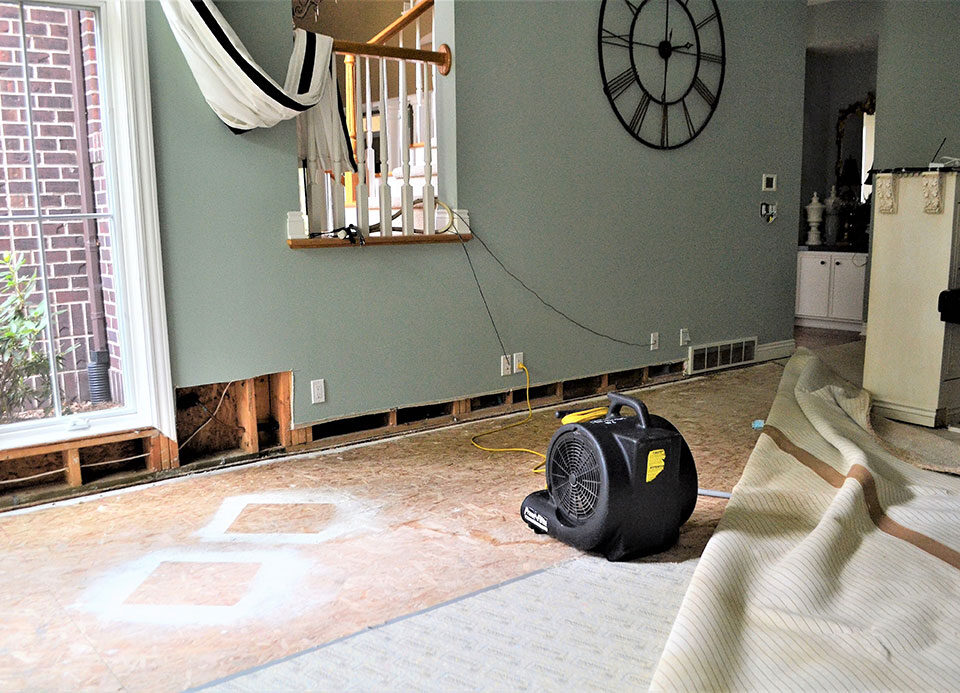
Tile Cleaning Services Northridge
October 5, 2024
Upholstery Cleaning Pasadena
February 6, 2025Introduction
Water damage can be devastating for both homeowners and business owners. Whether caused by a burst pipe, heavy rain, or flooding, water intrusion can lead to structural damage, mold growth, and expensive repairs. The key to minimizing destruction is emergency water damage restoration—acting fast to remove water, dry affected areas, and restore your property.
In this guide, we’ll cover everything you need to know about water damage restoration, from identifying water damage to taking the right steps to restore your home or business.
Understanding Water Damage
Water damage can occur in many ways, and the longer it goes untreated, the worse it becomes. Common causes include:
• Burst or leaking pipes
• Flooding from heavy rain or storms
• Sewer backups
• Roof leaks
• Appliance malfunctions (e.g., washing machines, dishwashers)
When left untreated, water damage can cause:
✔ Structural weakening of walls, floors, and ceilings
✔ Mold and mildew growth, leading to health risks
✔ Electrical hazards
✔ Damage to furniture, carpets, and personal belongings
Addressing water damage immediately is essential to prevent costly repairs and long-term issues.
The Importance of Emergency Water Damage Restoration
Water damage isn’t just an inconvenience—it’s an emergency. The longer moisture remains in your property, the higher the risk of:
• Mold growth – Mold can begin to form within 24-48 hours.
• Structural damage – Wood and drywall can weaken and deteriorate.
• Health risks – Standing water can harbor bacteria and contaminants.
By calling a professional emergency water damage restoration service, you can prevent these issues and ensure a thorough cleanup and repair process.
Steps in the Water Damage Restoration Process
Restoring your property after water damage involves several critical steps:
1. Inspection and Assessment
Experts assess the extent of the damage using moisture meters and thermal imaging. This step determines the best restoration approach.
2. Water Extraction and Removal
Industrial-grade pumps and vacuums remove standing water quickly to prevent further damage and mold growth.
3. Drying and Dehumidification
After water extraction, drying equipment like air movers and dehumidifiers are used to eliminate moisture from walls, floors, and furniture.
4. Cleaning and Sanitizing
Water damage can introduce bacteria and contaminants. Professionals clean and disinfect affected areas to ensure a safe environment.
5. Restoration and Repairs
The final step is restoring your property to its original condition. This may include minor repairs (drywall replacement, painting) or major reconstruction if necessary.
Choosing a Professional Water Damage Restoration Service
Not all water damage restoration companies are the same. When selecting a service, consider the following:
✔ 24/7 Emergency Response – Water damage can happen anytime; immediate action is crucial.
✔ Certified Professionals – Look for IICRC-certified technicians who specialize in water damage restoration.
✔ Advanced Equipment – Ensure they use modern tools for water extraction, drying, and mold prevention.
✔ Experience and Reputation – Read customer reviews and check past projects.
Hiring professionals ensures thorough water damage restoration, preventing future problems and costly repairs.
Preventing Future Water Damage
While emergencies can’t always be avoided, there are steps homeowners and business owners can take to reduce risks:
• Regular Plumbing Maintenance – Inspect pipes and fix leaks promptly.
• Install a Sump Pump – Helps prevent basement flooding.
• Use Water Leak Detectors – Alerts you to leaks before they cause major damage.
• Clean Gutters and Downspouts – Prevents water from pooling around your foundation.
• Inspect Roofing Regularly – Fix any weak spots or missing shingles.
Taking preventive measures can save you thousands of dollars in repairs and keep your property safe.




